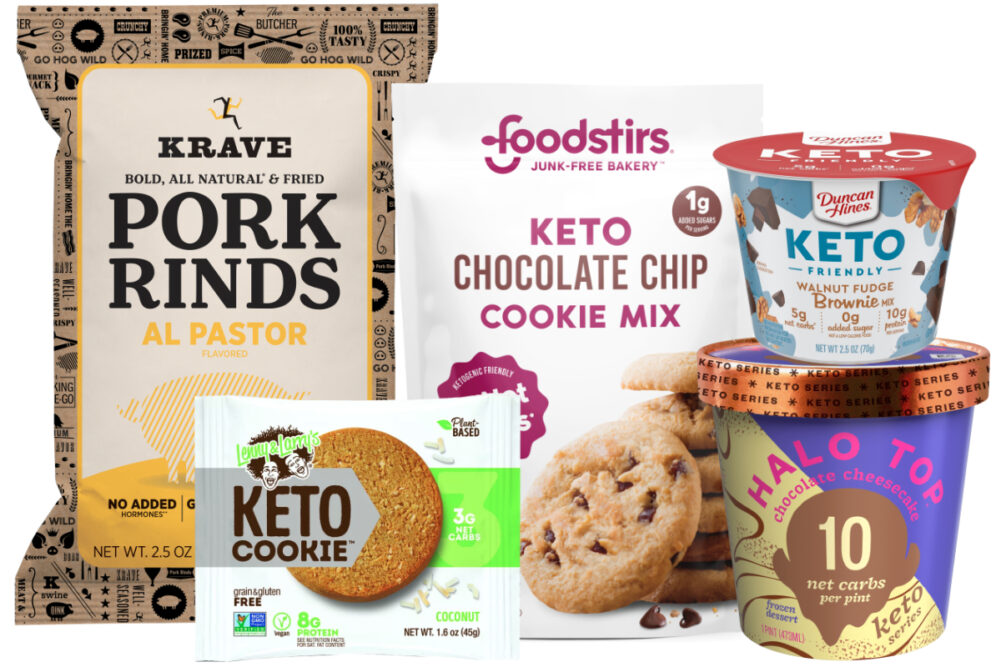The low-carb, high-fat trend is also apparent in web browser search statistics. Search frequency for “keto” remains strong, according to Google Trends. In the United States, there was an 850% increase in search volume between January 2016 and January 2020.
The keto diet is approximately 70% fat, 20% protein, and 5% each simple carbohydrates and non-starchy vegetables. By eating a lot of fat and few carbohydrates, the body is forced into a metabolic state known as ketosis. This is when the body burns fat instead of carbohydrates for energy. The liver converts fat into fatty acids and ketone bodies, with the latter traveling to the brain and fueling the body, the traditional role of glucose obtained from carbohydrates. Burning ketones in place of glucose is associated with weight loss, reduced inflammation, sustained energy and more.
When food and beverage companies are creating keto products for consumers, nutrition is key, according to Kerry Group.
“Being on keto is not a free pass to eat all high fat foods, and to never touch another vegetable,” said Nathan Pratt, PhD, RD and nutrition scientist with Kerry.
In formulating new keto offerings, Mr. Pratt suggested four considerations for brands to make products that “optimize and enhance” the benefits of the keto diet:
- Include healthy fats, a majority of which should be unsaturated fats from plant oils.
- Saturated fats should be limited.
- Since people following the keto diet struggle to get enough fiber, fruits and vegetables, keto products could benefit from the addition of fiber, vitamin C, vitamin A, potassium and folate.
- Although traditional keto recommends no more than 50 grams of carbohydrates a day, keto has become more flexible over the last few years. Products in the general low-carb, high-fat range may be adopted by consumers who are lightly following the keto diet.





